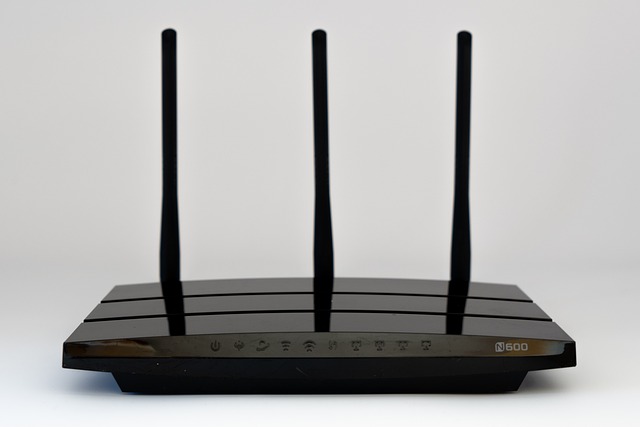In the rapidly evolving world of television technology, the term bandwidth has taken center stage as a pivotal factor driving innovation and enhancing the viewing experience. The relationship between bandwidth and display technology is akin to the relationship between an artist and their canvas; the higher the bandwidth, the richer and more vivid the visual experience becomes.
With the advent of ultra-high-definition televisions, or UHD TVs, consumers are not just watching shows; they are immersing themselves in a visual feast. These displays require significant amounts of data to render the stunning imagery that UHD promises. This is where bandwidth steps in. Adequate bandwidth allows for smoother streaming, sharper images, and a more engaging experience. Imagine watching your favorite series with crystal-clear detail, each frame bursting with color and clarity. That’s the kind of magic that sufficient bandwidth brings to the table.
The growth of display technology has led to the development of not just televisions but also monitors that redefine our interaction with visual content. Gamers and content creators, for example, benefit immensely from monitors designed to exploit high bandwidth capabilities, enabling them to experience lifelike graphics and real-time responsiveness that were once unimaginable. Such advancements require a reliable internet connection that can handle such high data demands, and the backbone of this experience is undeniable: bandwidth.
Moreover, the implementation of advanced compression technologies, such as HEVC (High Efficiency Video Coding), signifies how far we’ve come. These techniques optimize video quality while minimizing bandwidth usage, ensuring that even households with average internet speeds can enjoy premium content without sacrificing performance. It’s a dance of technology and efficiency that only gets better as demand grows.
As streaming services expand their libraries, the need for high bandwidth increases, leading to further innovations in how we visualize content. From immersive 4K documentaries to gripping live sports events, each moment on screen relies heavily on the seamless transfer of data. Advances in fiber-optic technology have boosted bandwidth capabilities, paving the way for even more groundbreaking developments in display technology.
What about the future? We can expect even more exciting displays, such as OLED and MicroLED, which promise to deliver deeper blacks, enhanced contrast ratios, and wider viewing angles. These technologies hinge on high bandwidth to truly shine. With the race toward 8K and beyond, the role of bandwidth will become even more crucial. To keep up, it’s essential for internet providers to continuously upgrade their infrastructure, enabling consumers to fully leverage these state-of-the-art televisions and monitors.
In essence, bandwidth is not a mere technical specification; it’s the lifeblood of modern visual experiences. It’s that feeling of anticipation as you sit down to watch your favorite show or dive into an exhilarating video game—knowing that the clarity and quality of what you see are directly influenced by the bandwidth available. As we push the boundaries of television technology, it becomes clear that staying connected is not just about speed, but also about fostering richer visual connections that resonate with us deeply.




